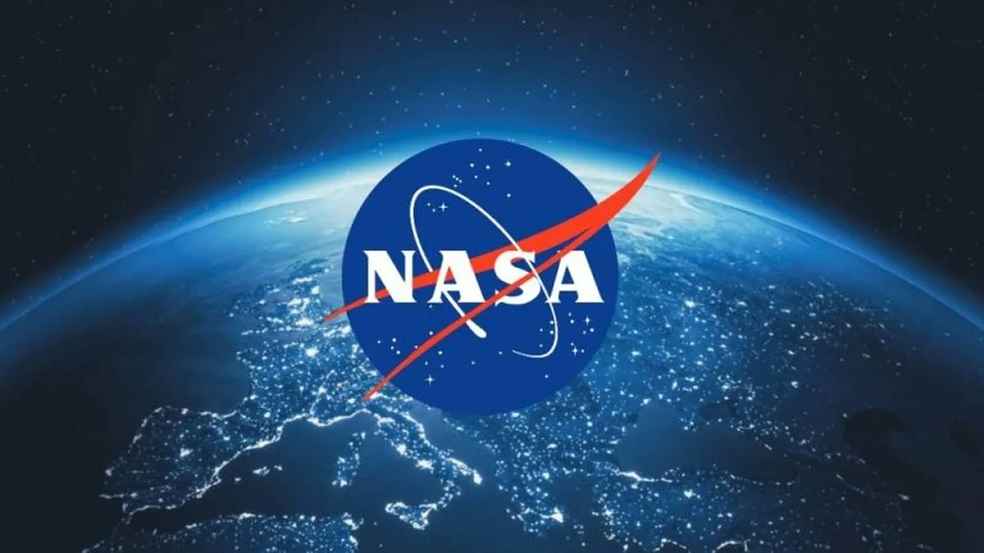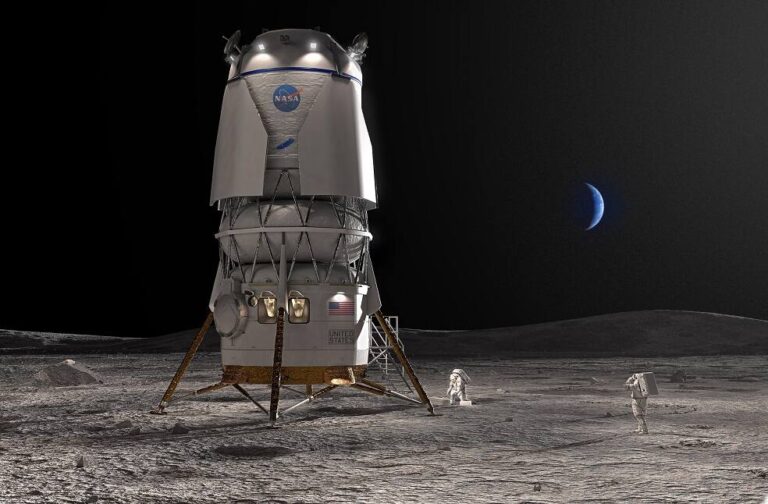United States: NASA, the United States federal space agency, has chosen Blue Origin, led by Mr. Jeff Bezos, to develop a human landing system for the upcoming Artemis V mission to the Moon.
This selection highlights NASA’s commitment to advancing lunar exploration under the Artemis program, expanding scientific knowledge, and preparing for future manned missions to Mars. Blue Origin’s spacecraft construction contract, valued at approximately $3.4 billion, paves the way for astronauts to journey to and from the lunar surface. Excitement abounds as NASA and Blue Origin join forces in their quest to unlock the mysteries of the Moon and push the boundaries of space exploration.
NASA announced that Mr. Bezos’s company, Blue Origin, has been selected to undertake the design, testing, and development of a lunar “lander” as part of the agency’s Artemis program. This initiative aims to advance lunar exploration and marks a significant step forward in NASA’s efforts to return humans to the moon.

“Today we are excited to announce Blue Origin will build a human landing system as NASA’s second provider to deliver Artemis astronauts to the lunar surface,” NASA Administrator Mr. Bill Nelson stated in the statement.
As per the contract terms, Blue Origin is obligated to present a demonstration of an uncrewed mission to the moon, followed by a crewed voyage that will transport astronauts to the lunar surface. The scheduled timeline for the crewed mission is set for 2029. This requirement underscores the rigorous testing and preparation necessary to ensure the success of lunar exploration under NASA’s ambitious lunar exploration initiative.

The announcement arrives at a time when several private companies, including Mr. Elon Musk’s Space X and Mr. Bezos’s Blue Origin, are actively vying for increased participation in space endeavors and competing for lucrative government contracts. This intensified competition among private entities underscores the growing significance of the commercial space sector and its aspiration to play a substantial role in shaping future space activities.



